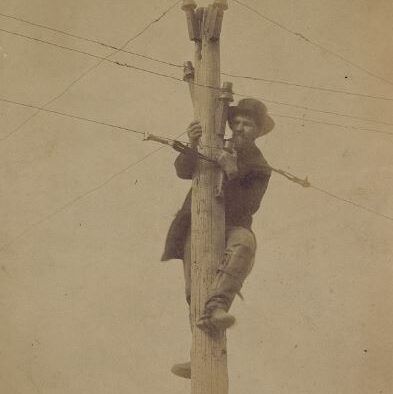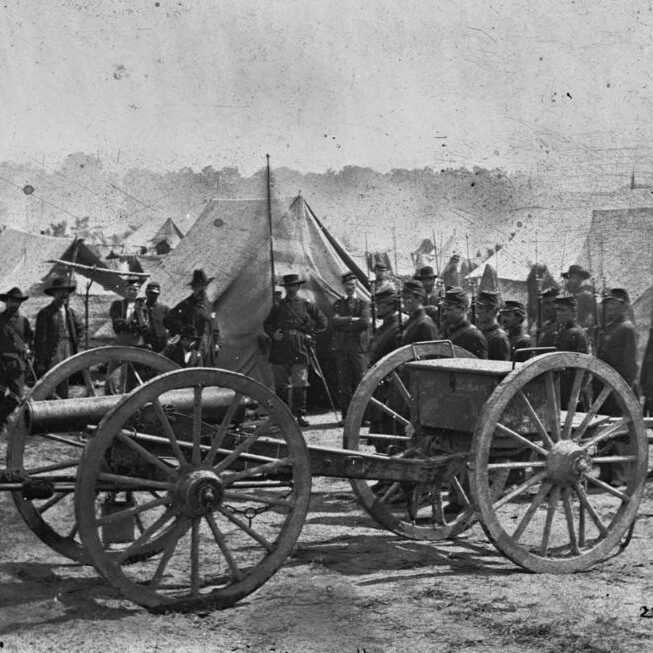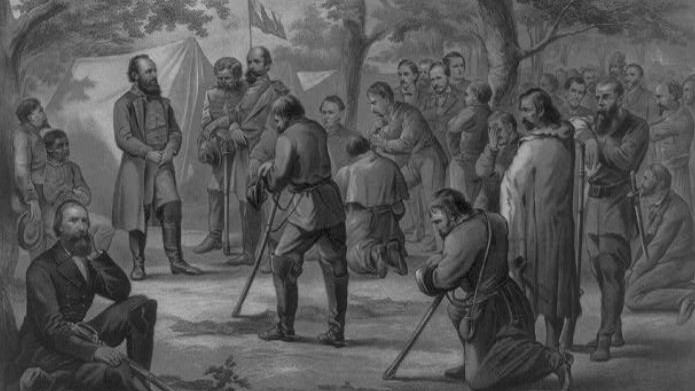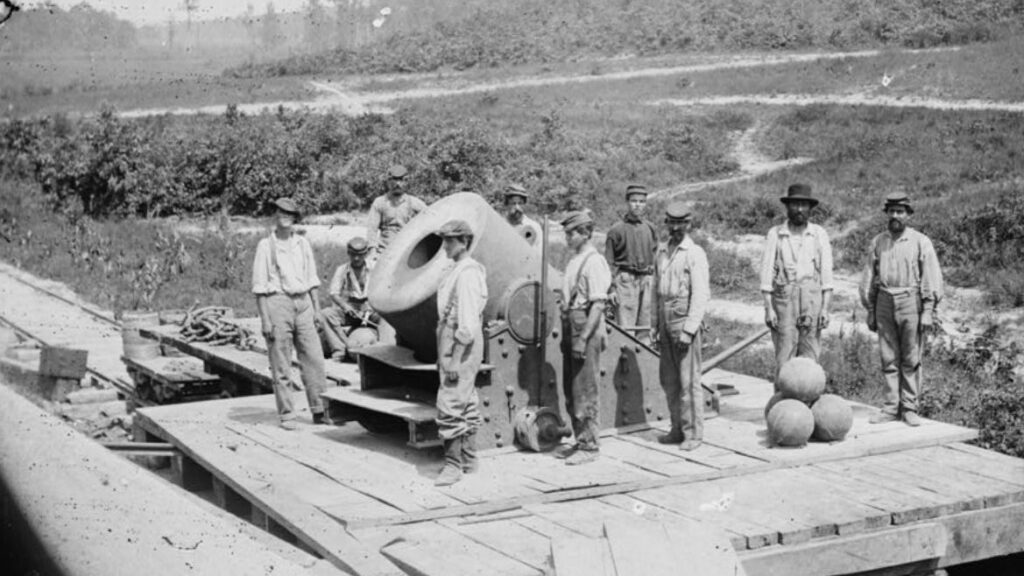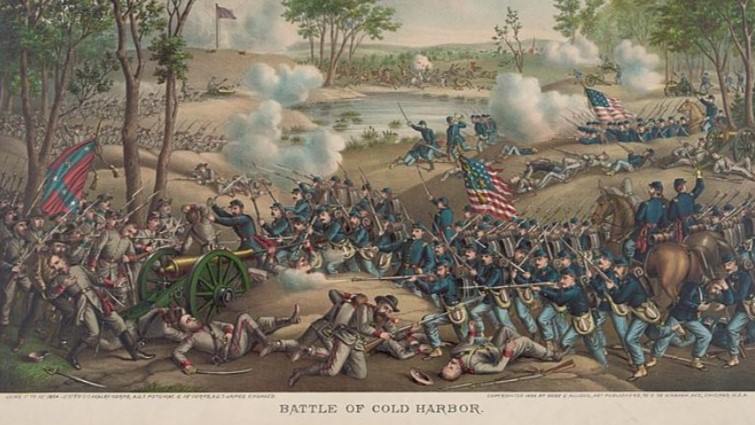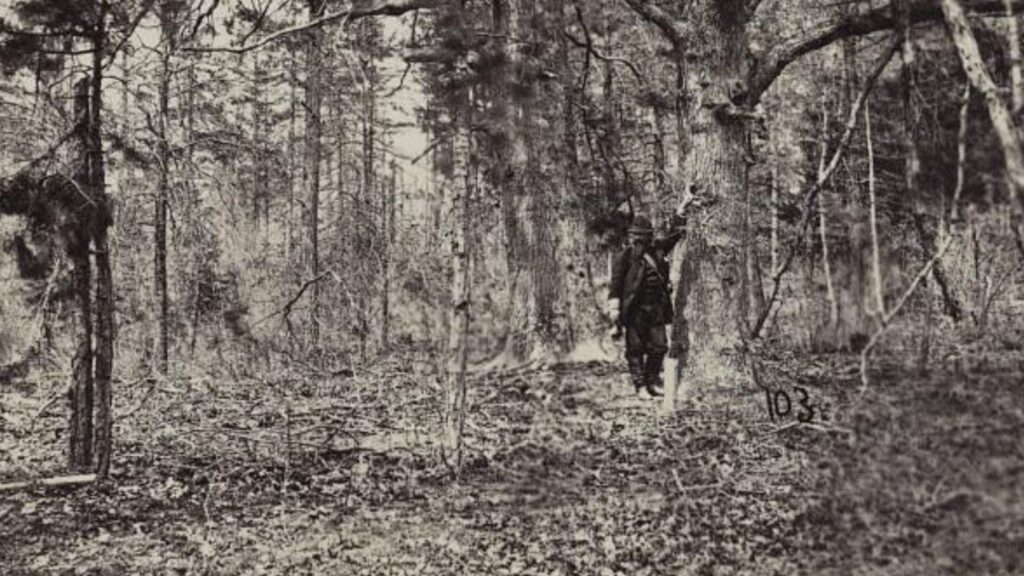During the Civil War, the telegraph played a crucial role in communication, ultimately shaping the course of the conflict.
Improving communication between military leaders and transforming the way information was relayed on the battlefield, the telegraph revolutionized warfare during this time period.
Join us we explore the impact of the telegraph on the Civil War, the role of telegraph operators, the evolution of telegraph technology, and the lasting legacy of this communication tool on modern warfare.
- 1. The Role of Telegraph in the Civil War
- 2. The Use of Coded Messages
- 3. What Were the Limitations of Using the Telegraph in the Civil War?
- 4. The Telegraph Operators in the Civil War
- 5. The Evolution of Telegraph Technology during the Civil War
- 6. The Legacy of the Telegraph in the Civil War
- 7. Frequently Asked Questions
- Further Reading
1. The Role of Telegraph in the Civil War
.jpg)
The role of the telegraph in the Civil War was pivotal in revolutionizing communication on the battlefield. It provided real-time transmission of crucial information.
This innovation transformed military operations for both the Union and Confederacy, enhancing their strategies and intelligence gathering capabilities.
By establishing a reliable line of communication, commanders could swiftly relay orders and updates, allowing for more coordinated and efficient decision-making on the battlefield.
By connecting distant military headquarters in real-time, the telegraph allowed commanders to receive immediate updates on troop movements and battlefield conditions, leading to quicker responses and more coordinated actions. This enhanced operational effectiveness by reducing communication delays and increasing overall situational awareness on the battlefield.
The telegraph’s ability to facilitate rapid transmission of orders and information also greatly strengthened command and control structures, enabling commanders to oversee and direct operations effectively even across large distances.
This technology revolutionized wartime correspondence, providing a swift and reliable means of communication that was essential for the success of various military campaigns.
The side with better telegraph infrastructure in battle had a strategic advantage in terms of situational awareness and response times.
2. The Use of Coded Messages
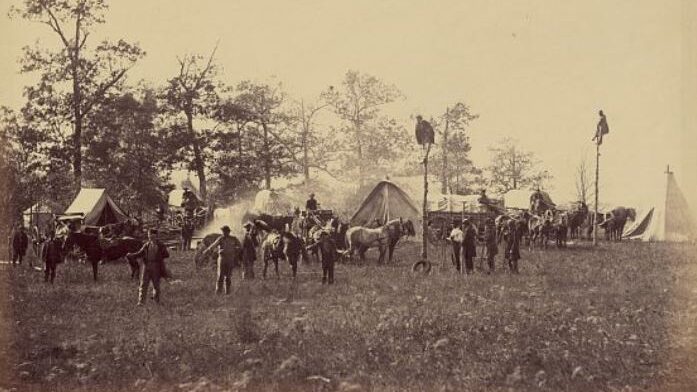
During the Civil War, the telegraph was primarily used for transmitting encrypted confidential messages between key players on the battlefield, enabling secure communication for strategic decisions.
However, the telegraph gave rise to espionage developments.
Espionage operations benefited greatly from the telegraph’s speed, facilitating covert communication and enhancing the collection of critical information.
Employing encryption methods, such as cipher codes, was used to prevent interception and decoding.
By encrypting messages, the telegraph operators helped maintain the confidentiality of critical military strategies and troop movements.
3. What Were the Limitations of Using the Telegraph in the Civil War?
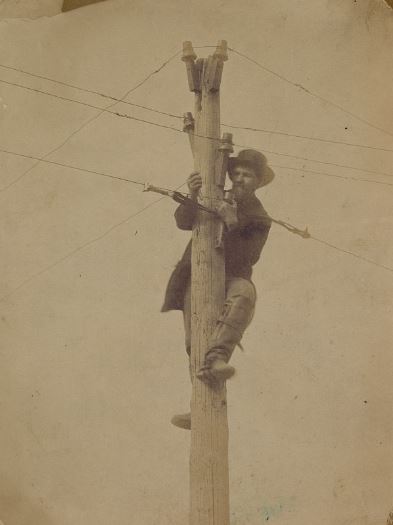
Despite its advantages, the telegraph faced limitations in the Civil War, including disruptions in communication, challenges to operational efficiency, and complexities in managing wartime logistics.
The disruptions in communication often stemmed from factors such as damaged lines due to battles, weather and sabotage by enemy forces, resulting in delayed or lost messages.
The constraints on innovation and technology during the war made it difficult to improve and expand telegraph networks swiftly.

Wartime logistics also posed challenges, with the need to coordinate messages across vast distances, often under pressure and with limited resources. This added to the complexity of the supply chain and logistical support.
These factors combined to create significant hurdles for telegraph operations, impacting their effectiveness.
4. The Telegraph Operators in the Civil War
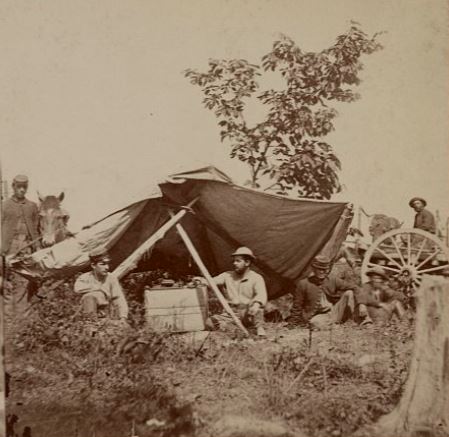
The telegraph operators in the Civil War played a crucial role in implementing communication strategies.
These operators were at the forefront of command and control.
They faced numerous challenges, such as operating under constant threat of interception by enemy forces and dealing with technical malfunctions that could disrupt communications.
Despite these obstacles, telegraph operators were instrumental in facilitating espionage activities, deciphering codes, and ensuring that critical information reached its intended recipients securely, contributing significantly to the success of military operations during the war.
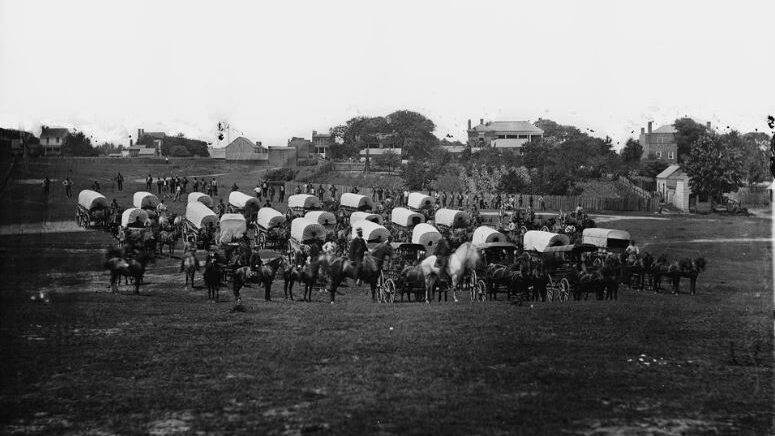
The telegraph operators in the Civil War were skilled individuals responsible for operating telegraph systems, implementing wartime technology, and ensuring the security of sensitive communications.
The reliance on intricate Morse code systems and the pressure to ensure messages were both encrypted and decipherable heightened the tension and pressure these operators faced daily.
Through their work, telegraph operators paved the way for advancements in communication systems, laying the foundation for future innovations in secure messaging and technology.
5. The Evolution of Telegraph Technology during the Civil War

The evolution of telegraph technology during the Civil War marked a significant advancement in digital communication.
The ability to coordinate troop movements and monitor enemy activities through telegraph networks gave commanders a previously unparalleled advantage in adapting to the fluidity of wartime situations.
During the Civil War, significant technological advances in telegraphy included improved encryption methods, decoding techniques, signals intelligence capabilities, and advancements that propelled wartime progress.
- The development of more sophisticated encryption techniques allowed military leaders to communicate securely and strategize effectively.
- Decoding advancements helped intercept and understand enemy communications, providing valuable insights into their plans and movements.
- The enhancements in signals intelligence enabled better coordination and faster decision-making on the battlefield, giving the Union and Confederate forces a competitive edge in a time of intense conflict.
During the American Civil War, the skies above battlefields witnessed a pioneering innovation: telegraph balloons.
These specially constructed vessels, filled with hydrogen, carried observers high above enemy lines. But beyond simply offering a bird’s-eye view, the balloons revolutionized communication by integrating telegraph technology.
Observers relayed real-time information on enemy positions and troop movements, allowing commanders to direct artillery fire with unprecedented accuracy and make informed tactical decisions.
While vulnerable to weather and enemy fire, these balloons marked a turning point in warfare, paving the way for the development of sophisticated aerial reconnaissance technologies still used today.
As a result of the telegraph, military strategies became more dynamic and responsive, allowing for quicker decision-making and adaptation to changing circumstances.
6. The Legacy of the Telegraph in the Civil War
The legacy of the telegraph in the Civil War left a lasting impact, influencing technological advancements, shaping communication infrastructure, and setting precedents for future innovations in wartime communication.
This technology not only expedited information exchange but also had a profound influence on post-war civilian communication systems, spurring further advancements in global connectivity and shaping the modern world as we know it.
The utilization of the telegraph in the Civil War also set a precedent for future conflicts around the globe. The efficiency and speed at which information could be transmitted via telegraph lines impacted how future wars would be fought.
7. Frequently Asked Questions
1. How was telegraph used in the Civil War?
Telegraph was a crucial tool for communication during the Civil War, allowing for faster communication between military leaders and government officials.
2. How was telegraph technology utilized during the Civil War?
Telegraph lines were set up across battlefields and between military headquarters and government offices, allowing for rapid communication via electrical signals.
3. What impact did the telegraph have on the outcome of the Civil War?
The use of telegraph technology greatly improved the speed and accuracy of communication, which played a crucial role in the outcome of the war.
4. How did the use of telegraph affect military strategy during the Civil War?
The use of telegraph allowed for real-time communication and coordination between different military units, resulting in more efficient and effective strategies.
5. How did the telegraph benefit the Union and Confederate armies during the Civil War?
Both the Union and Confederate armies utilized telegraph technology to communicate with their troops and leaders, giving them an advantage in the war.
6. What advancements in telegraph technology were made during the Civil War?
The Civil War saw advancements such as the use of telegraph balloons for aerial communication and the development of telegraph codes for more secure messaging.
Further Reading
If you enjoyed this article, you may be interested to read more about the American Civil War events, or perhaps read about the South’s important victories. Read here for more general American history.

